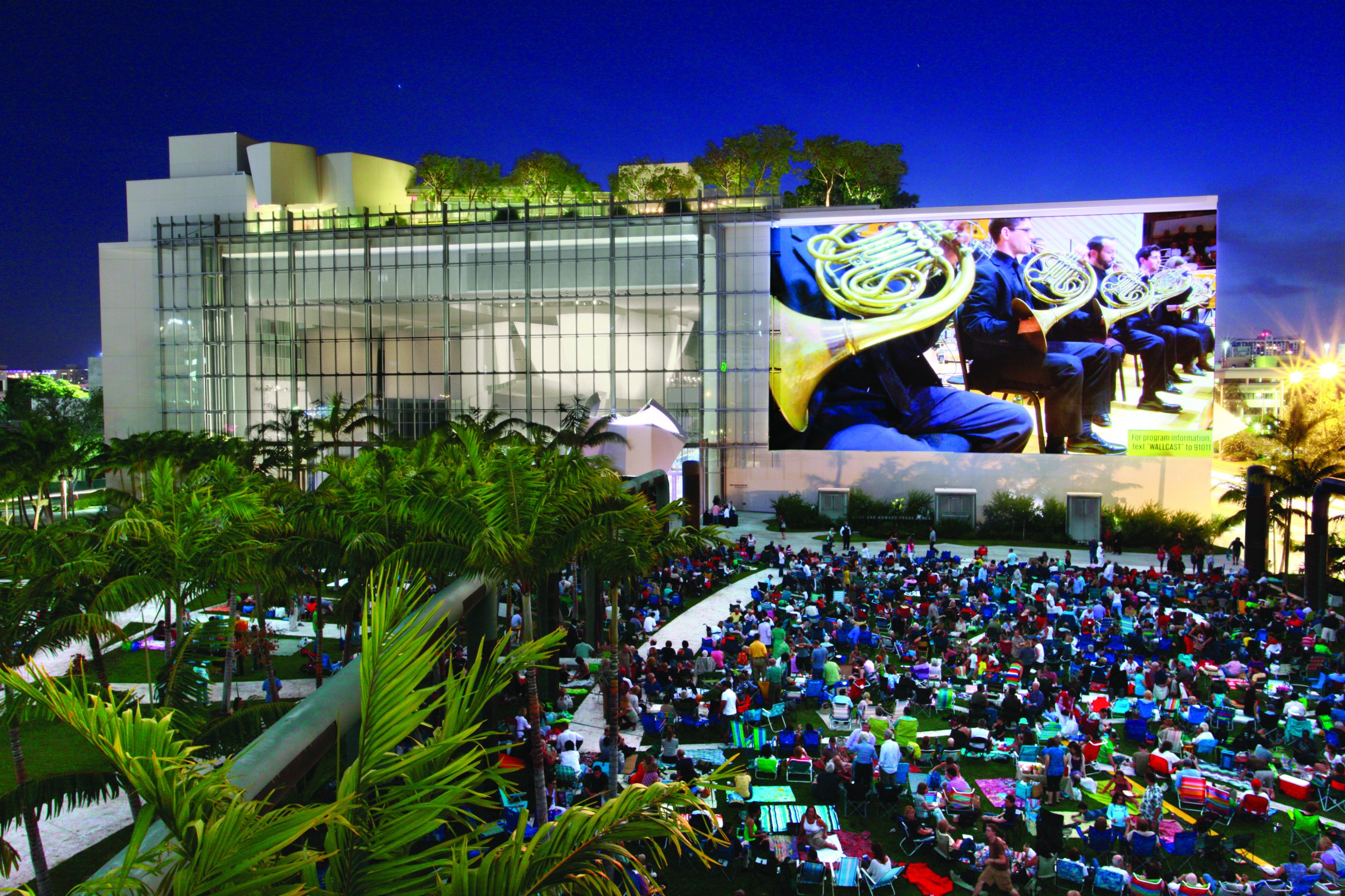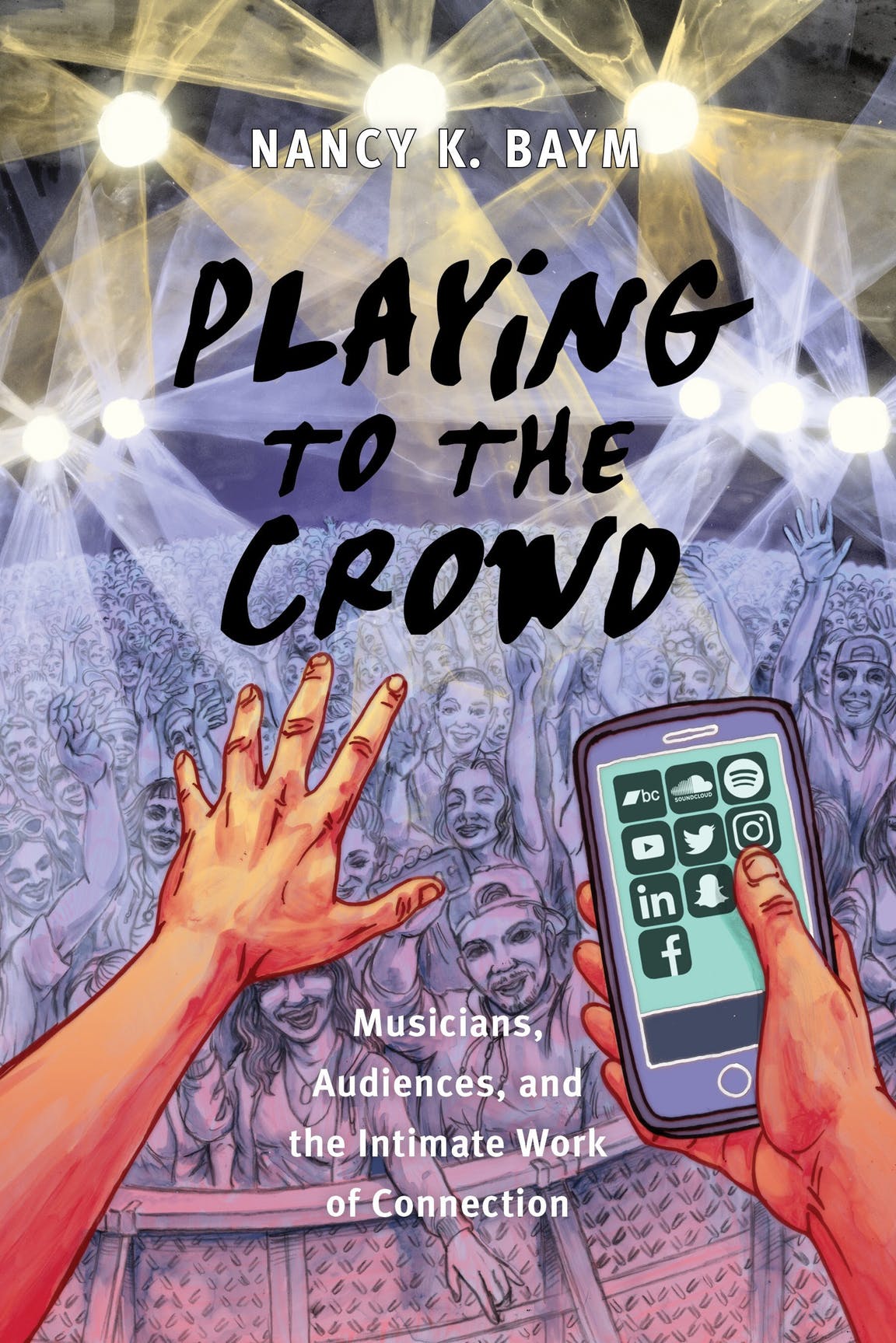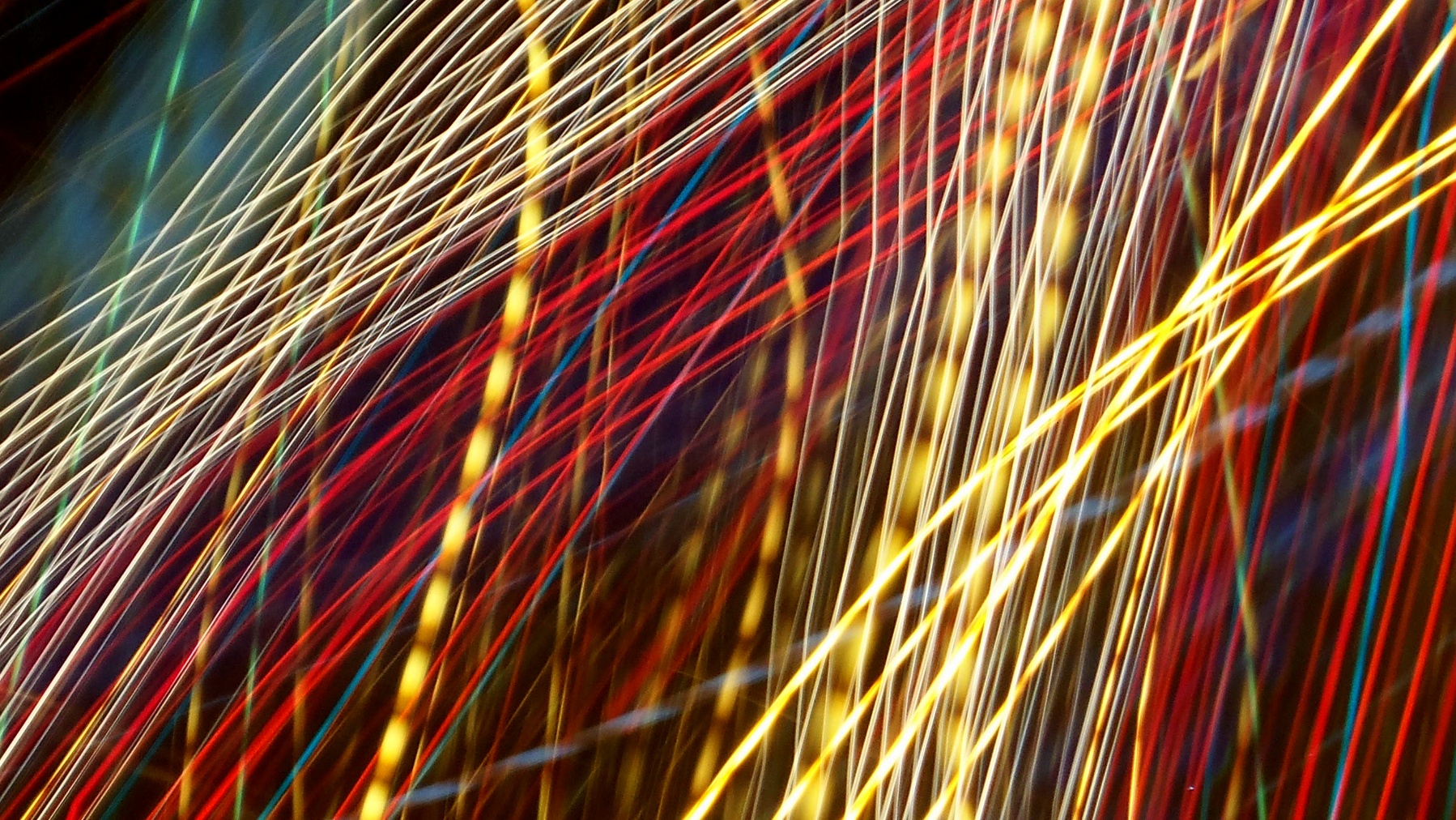
For musicians, technology destroys old models while offering new hope
What are the opportunities for technology in the arts – and what threats does it pose? Knight Foundation, which recently launched an open call for ideas to use technology to connect people to the arts, asked leaders in the field to answer that question. Here, Nancy Baym, principal researcher at Microsoft Research, answers.
People have greeted new technologies with a mix of utopian hope and dystopian fear for as long as we have been able to record our reactions. Technological innovations introduce new potentials and raise new challenges. They disrupt our everyday senses of order and offer the possibility of new social configurations that may be more or less just in any domain. Art is no different. And in art, as in life, neither extreme ever pans out as black or white as imagined. The results are ambivalent. They are sometimes good, sometimes bad, and usually good and bad at the same time, depending on the moment and the perspective.
I’ve spent the last ten years looking closely at one microcosm of new technology in the arts for my forthcoming book “Playing to the Crowd: Musicians, Audiences, and the Intimate Work of Connection” (NYU Press). Since MySpace launched in 2002, musicians have become expected to use these media to “connect” with audiences. Against the backdrop of a creative industry thrown off its axes by digital music formats, peer-to-peer file sharing, and music streaming platforms, the chance to interact directly with audiences has been cast as a panacea. Technology may destroy, the logic goes, but offers new hope as well. Coming from a background researching interpersonal relationships as well as popular and online culture, I’ve asked how new technologies have changed artists’ relationships with their audiences, how they lead to flourishing, and how they diminish experience. I’ve interviewed musicians who had been at it since before MySpace, attended and spoken at music industry conferences, followed musicians and their audiences online, and spent years participating in music subcultures.

Here are some reasons for optimism: Artists can sell their own work without intermediaries. They can raise funds directly and give audiences more options for how – and how much – to pay, taking advantage of the long under-tapped resource of collective spare change. Artists can elicit help and support from volunteers who will do things like translation, web support and local promotion because they care about the work and want to participate its cultural life. Communication with audiences can also be deeply personally rewarding. I heard stories so touching they still bring tears to my eyes, even as I read them for the thousandth time. People told me about the thrill of seeing the many meanings their art evoked as it circulated in the lives of listeners who later sent direct messages or talked about the music online. They were transformed by Facebook messages telling them that their music had made it possible to get through grief. They were inspired to continue when they felt drained and irrelevant. For many, these new technologies undid some of the damage of previous technologies that had turned their work into a mass-produced commodity and separated them from the people for whom they made it.

At the same time, all of these possibilities come laden with responsibilities, obligations, expertise and skills that art didn’t used to entail. The new orders of new media call for new relational, communicative, self-presentational, entrepreneurial, and technological labor. There’s a demand for a new kind of “authenticity” that feels a lot more intimate than many artists may want to be with their audiences. Artists who make themselves available open themselves to criticism and abuse. Creating the boundaries of these relationships while protecting yourself from psychic harm in order to maybe earn a living and reap those personal benefits is now an everyday task. The work is never done, and it’s not always clear whether or not it pays off financially.
Are they working for themselves, or for the platforms through which they connect?
What does this tell us about technology and art more generally? Technologies can foster moments that validate all the meaning and value art can offer, inspiring and motivating new work. They can also be upsetting, dangerous, exploitative, and exhausting. Far from all good or all bad, every day is a balancing act as artists make their ways through technological challenges and possibilities. They are not just responding to technology as they do. They are co-creating the new norms and expectations that will shape our futures, for better and for worse.
-
-
-
Arts / Article
Recent Content
-
Artsarticle ·
-
Artsarticle ·
-
Artsarticle ·


